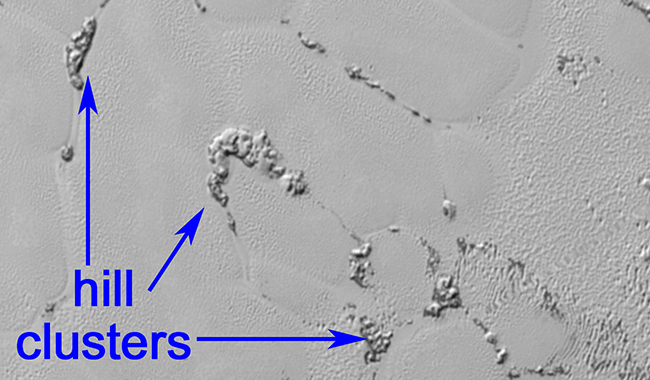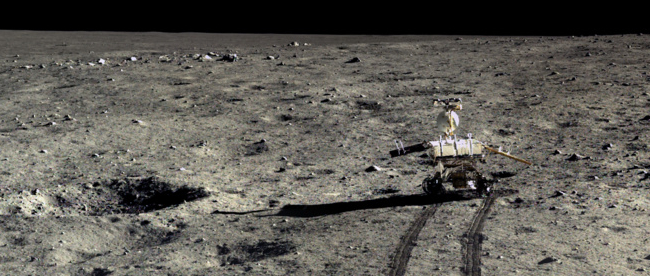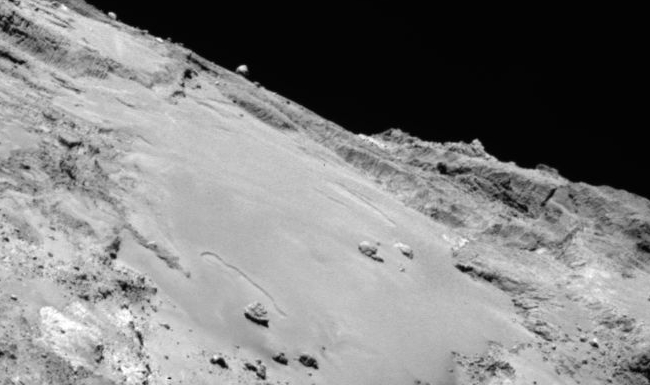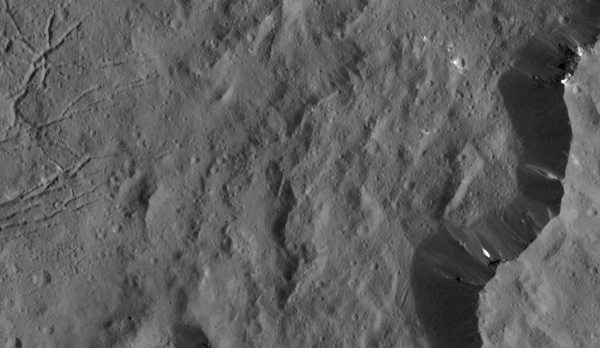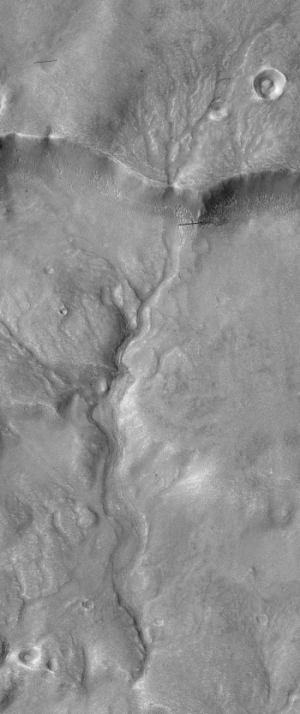Big solar storm not so big
The uncertainty of science: A new analysis of the the 1859 giant solar storm, the first ever detected and dubbed the Carrington event after the scientist who discovered it, suggests that its strength was not global as previously believed, and that it only effected a few spots on Earth.
Up until now the Carrington event has been considered the strongest solar storm to ever hit the Earth, and has been used by the solar satellite industry as a wedge to demand funding for solar warning satellites, claiming that if a similar storm was to ever hit the Earth again without warning, it would destroy civilization as we know it. This new data suggests that this threat has been over-stated.
Why am I not surprised?
The uncertainty of science: A new analysis of the the 1859 giant solar storm, the first ever detected and dubbed the Carrington event after the scientist who discovered it, suggests that its strength was not global as previously believed, and that it only effected a few spots on Earth.
Up until now the Carrington event has been considered the strongest solar storm to ever hit the Earth, and has been used by the solar satellite industry as a wedge to demand funding for solar warning satellites, claiming that if a similar storm was to ever hit the Earth again without warning, it would destroy civilization as we know it. This new data suggests that this threat has been over-stated.
Why am I not surprised?

